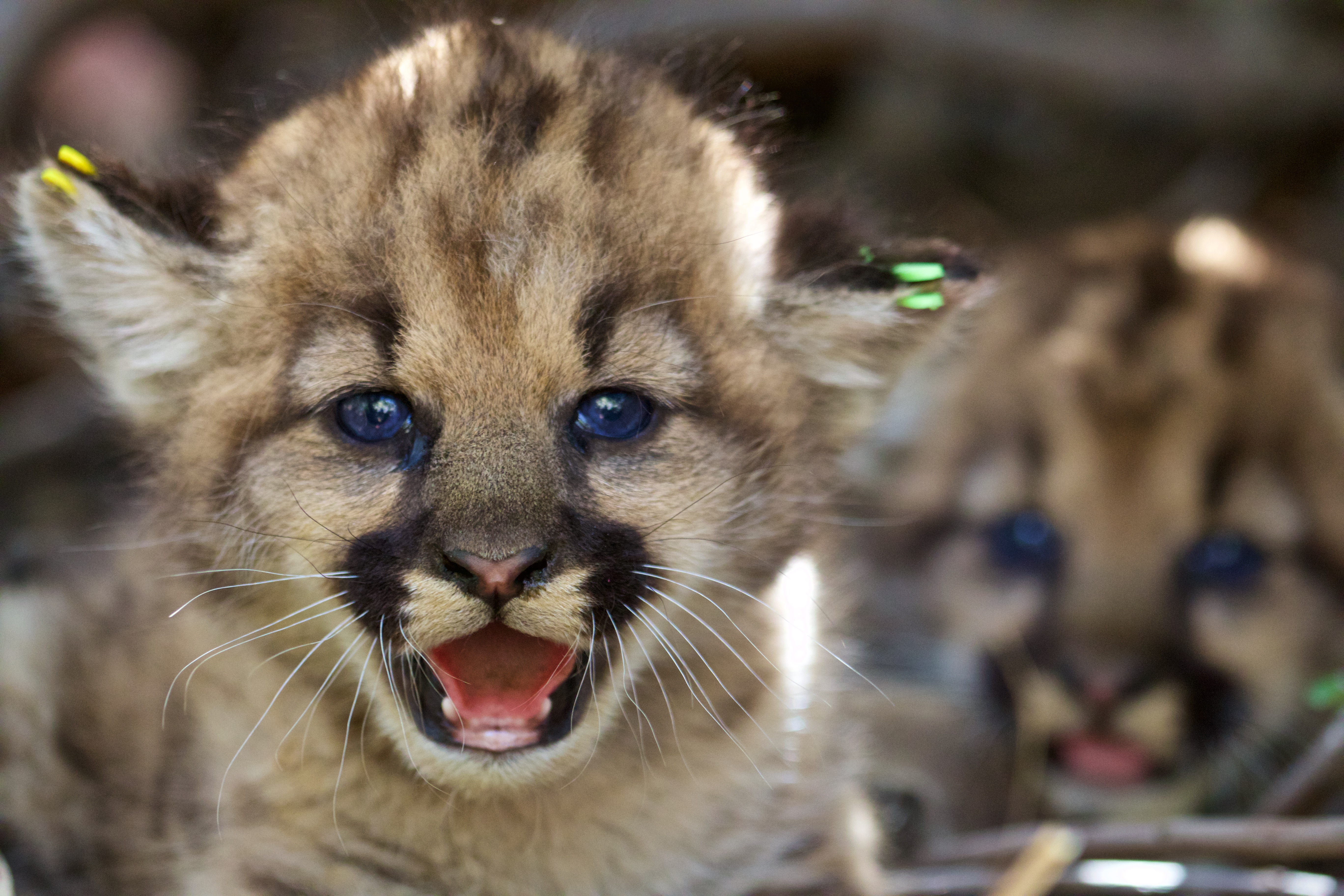Mountain Lions on Brink of ‘Extinction Vortex’
Isolation and Inbreeding Are Killing Their Numbers in Central and Southern California

Citing recent studies that show mountain lion populations in Central and Southern California are teetering on the brink of an “extinction vortex” — meaning their numbers haven’t reached critically low levels but ongoing isolation and inbreeding could eventually wipe them out — scientists petitioned state officials this week to grant protective status to the big cats. The move is the opening salvo in what is sure to be a heated debate over habitat and development throughout nearly a third of the state.
The petition, authored by the Mountain Lion Foundation and the Center for Biological Diversity and sent to the Department of Fish and Wildlife on Tuesday, describes six genetically distinct subspecies of coastal mountain lions between Santa Cruz and the U.S.-Mexico border that comprise what scientists argue is a “evolutionarily significant unit” (ESU) that should be declared threatened under the state’s Endangered Species Act.
Santa Barbara County mountain lions are grouped within the “Central Coast Central” subpopulation that includes San Luis Obispo and Monterey counties. Biologists estimate 113 to 226 adult lions roam the region. Statewide, their numbers are believed to have dipped below 4,000. “Very few young lions can make their way through the maze of homes that dot the hillsides of Southern California,” said Lynn Cullens, executive director of the Mountain Lion Foundation. “They can’t cross eight-lane freeways to find a territory and establish a home. Yet the lion populations in isolated mountain ranges depend on the genes of these young immigrants to avoid extinction.” They’re also often killed in retaliation for preying on livestock and after consuming prey tainted with rodenticide, Cullens said.
The protection effort shouldn’t be viewed as completely anti-development, Cullens continued. “We’re not trying to stop people from building homes and highways,” she said. “What we’re trying to do is find sensible solutions that allow us to plan in the best way possible for wildlife, people, and domestic animals as the state grows.”
Fish and Wildlife has three months to make an initial recommendation to the department’s commission, which will then vote on the petition later this year.



